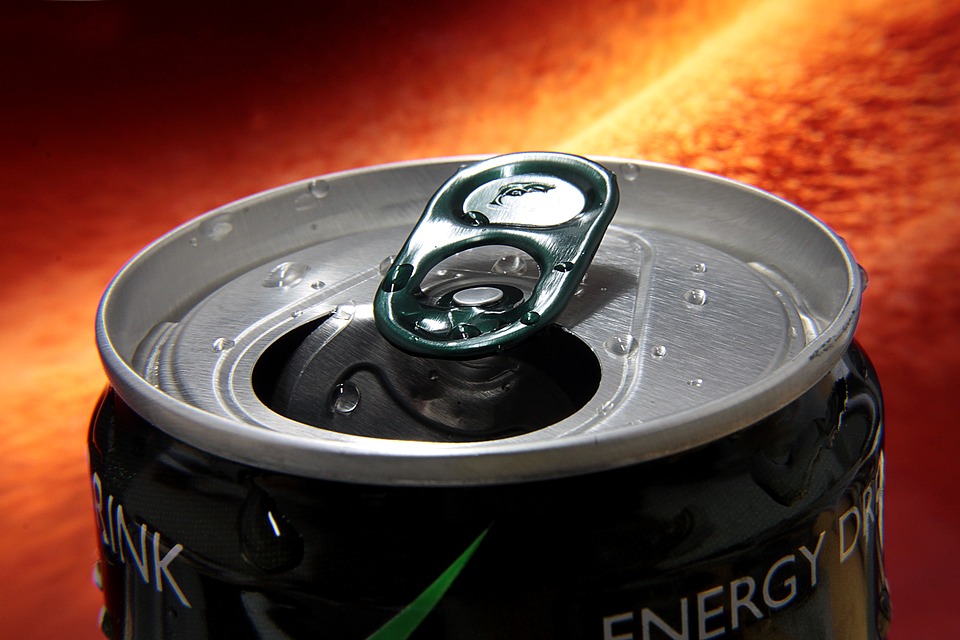Ranking the best Scrambler motorcycles for 2022
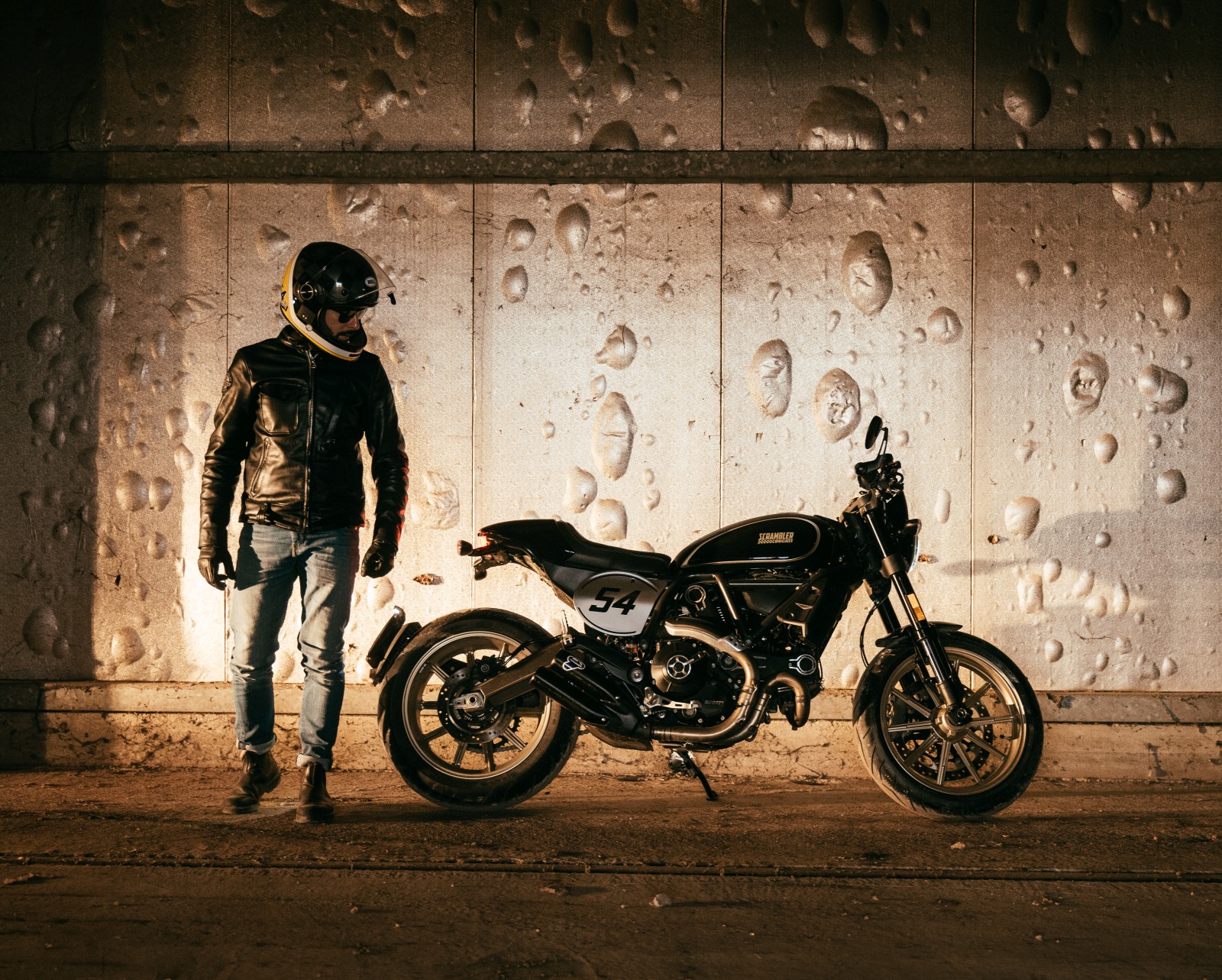
Scrambler is a class of motorcycles that are a cross between a racing and off-road bike. The descriptions for the models say "multi-purpose" or "dual" purpose. Choosing a real scrambler is not so easy, but first things first.
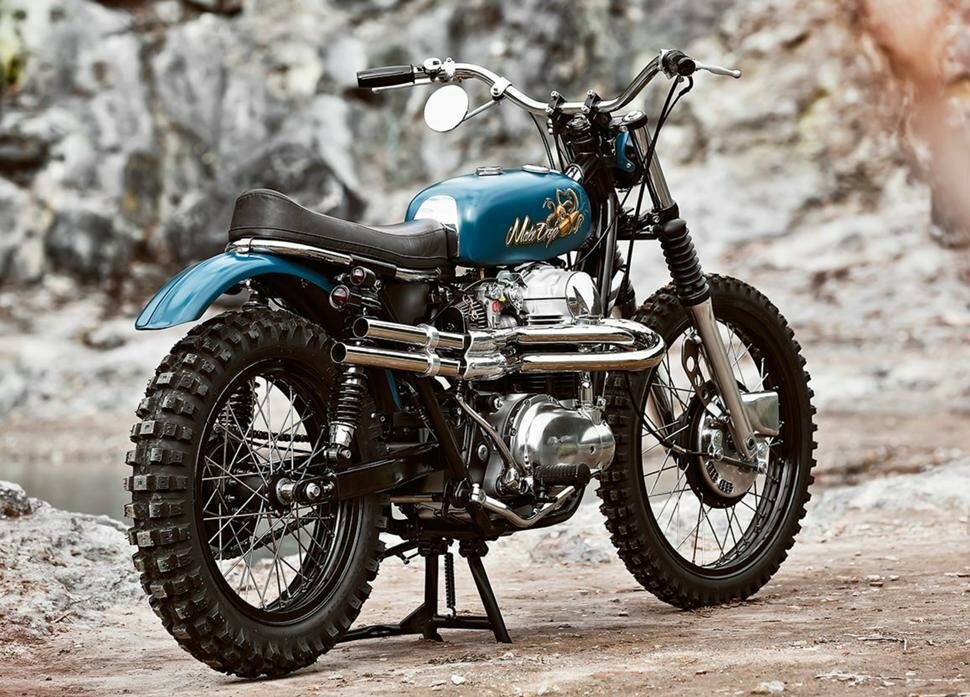
Content [Hide]
A bit of history
The first off-road motorcycles appeared at the beginning of the 20th century, called enduro (from the French "endurance").They were created specifically for the International Six Day Enduro - a competition, the essence of which was to overcome a multi-kilometer route within 6 days.
The route, by the way, included various sections - from even coverage to sections of gravel, dirt roads. Equipment for such conditions also had to be appropriate, designed for operation in any conditions.
At the beginning of the 70s, the enduro was divided into 2 main classes - dirt bikes, in fact, off-road vehicles designed for athletes, and the so-called civilian scramblers (translated from English as “fighter”, “fight”), on which you could safely drive through the city streets or go on a picnic. Well, or arrange an amateur cross-country rally with a ride on some hill and overcoming a couple of small rivers.
By the way, according to one version, the name scrambler came from the exclamation of the announcer who followed the race. In fact, this may well be true, since overcoming a multi-kilometer route alone and reaching the finish line is really more like a fight than the usual sports competition.
Peculiarities
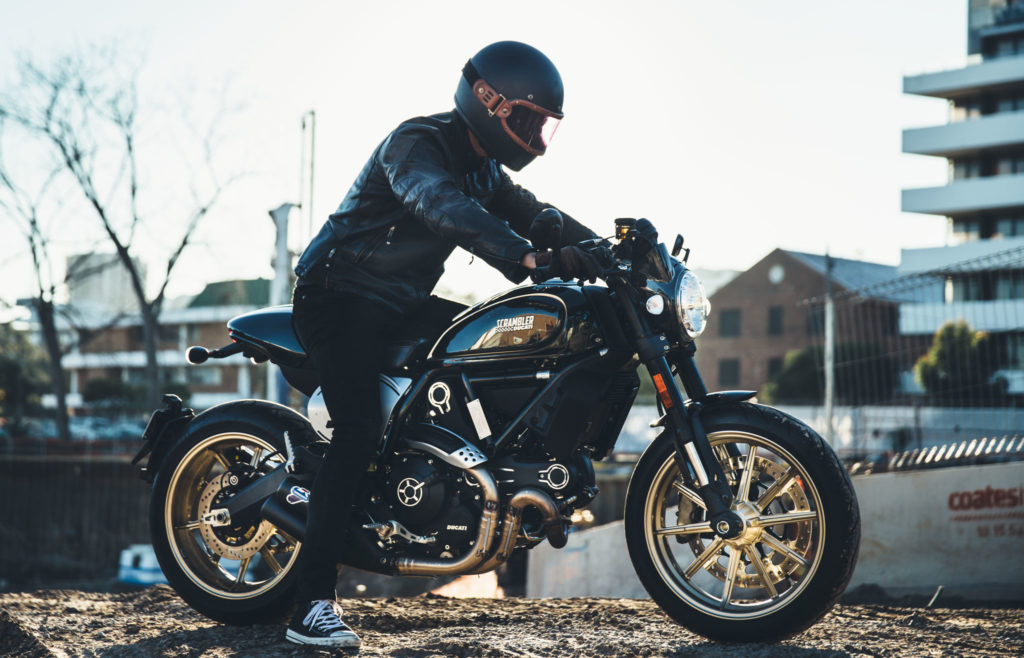
Engine, suspension
Since the Scrambler belongs to the category of "almost all-terrain vehicles", the engine has a high traction power. This is the main difference of the bike. Talk about the "spirit of freedom", design - nothing more than advertising.
The classic engine is air-oil cooled. This design avoids the accumulation of oil on the sump, extends the life of the engine even when operating in extreme conditions. Well, of course, to reduce its size, firstly, for more efficient cooling, and secondly, to reduce the weight of the bike itself.
A chain drive is needed to reduce the weight of the motorcycle itself, increase the mobility of the rear axle. This is the main difference of the bike. Talk about the "spirit of freedom", design - nothing more than advertising.
Suspension is high, with reinforced shock absorbers to withstand sudden changes in the type of surface painlessly. You can jump on such a bike, perform tricks - no.
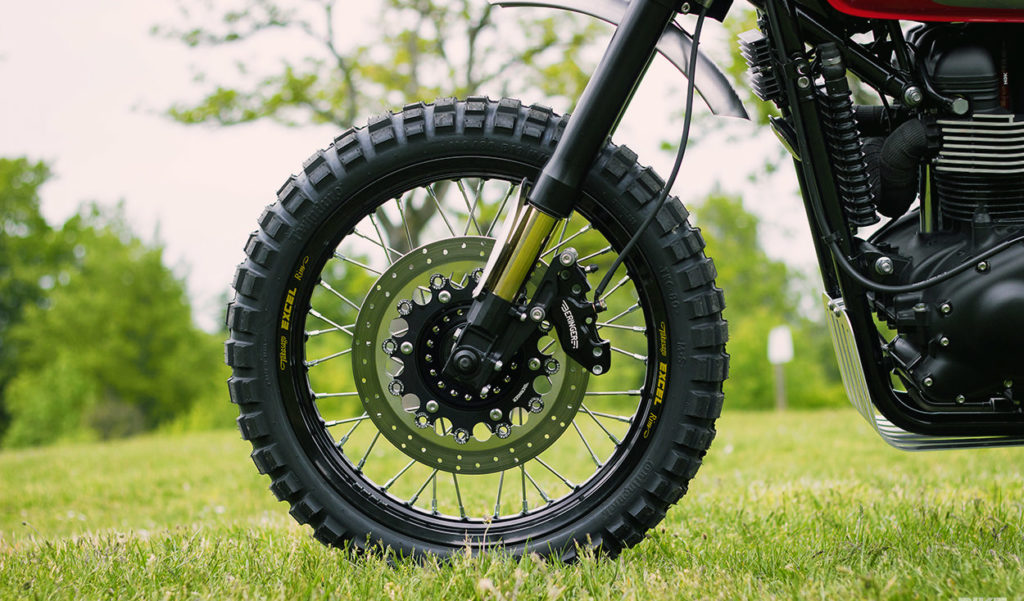
wheels
Spoked or with discs - there is no difference. Connoisseurs of the classics advocate for the first modification. It is repairable, withstands significant impacts. The second option is more common on budget bikes. But the rubber should be universal, with lugs and a tread. So that the bike can confidently walk on asphalt, and on wet grass, and off-road.
Wrong choice of tires levels the off-road ability of the bike, reducing them to zero. Manageability, by the way, also suffers.
Construction type
Initially, scramblers were remade from classic bikes, and accordingly, no one changed anything in the frame design. True, the new models were slightly modified, or rather adapted in case of frequent falls.
The second point is the high location of the exhaust system, just so that the muffler does not cling to branches while driving off-road. Typically, the exhaust system is located at the level of the driver's knee. Isolation from burns - by default.
The seat is usually compact, narrow, designed for one person (it is difficult to fit together with all the desire). But, if you really want to, you can find models with a double seat.
There is no windshield - both in the classics and in modern scramblers. So if they offer a bike with wind protection and fairings, it is worth considering how the model being sold has to do with the Scrambler.
Until recently, the wings were located high (the front one was completely under the lower traverse), since it was assumed that when driving through mud, which, accumulating in the gap between the wheel and the wing, slowed down these same wheels.
Later it became clear that even the most devoted fans are not particularly ready to cut through the blurred primers, and the wings were returned to their proper place.
Optics
As on a standard motorcycle - a headlight with a turn signal, feet. Some owners protect the headlights with a special mesh so that a branch or stone that has flown inadvertently does not break the glass.
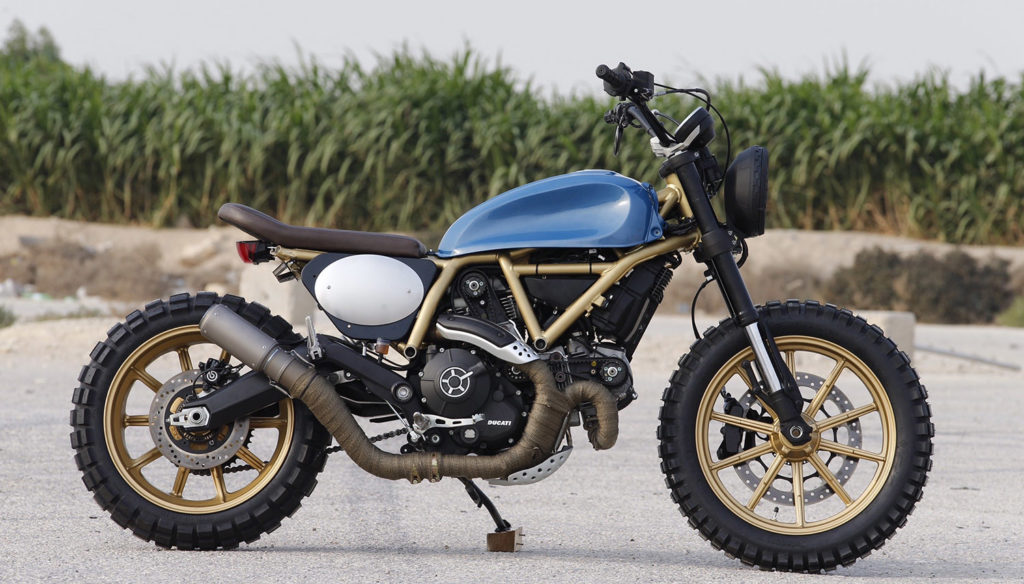
How to choose
Here, the taste and color - everyone chooses from their own considerations of style, ergonomics. But it is better to take bikes of well-known brands - and their maintenance is usually at the level, and there are no problems with original spare parts.
By the way, about the best manufacturers:
- Ducati is an Italian company that started with the production of radio equipment in the 20s of the last century. After the demand for radio equipment fell, the company began to produce engines, and in 1952 the first motorcycle entered the market.
The most famous model is the SCRAMBLER 450. Despite the troubles with the gearshift algorithm, the bike received well-deserved popularity for its ease of control (even girls could easily handle it). In 2012, the company was sold to the German Audi AG, but the brand name remains. - Herald is a British company founded in 2010, which initially specialized in retro bikes. Later, the model line was replenished with scramblers. It is difficult to find them in the Russian Federation - there are no dealers, and the price bites.
- Husqvarna is a Swedish company founded in 1689. Produces literally everything - from lawn mowers, chainsaws to motorcycles.Good service, a large range of bike models and “biting” prices that start from 850,000 rubles. On the official website, you can buy a T-shirt, baseball cap or helmet with the manufacturer's logo and a mini version of 12eDrive for three-year-olds with an electric motor.
- Yamaha is a Japanese corporation that developed a five-valve engine with two camshafts, which became a sensation not only in Japan, but throughout the world. In the period from 1984-1990, the company was engaged in the development of engines for racing cars participating in Formula 1.
Modern Yamaha scramblers bear little resemblance to the classics. They are heavier (at least 180 kg), which is associated with an increase in power. So it's definitely not an option for beginners.
An alternative to expensive Japanese-British-German motorcycles, as usual, are bikes from China. The price is much cheaper (the cost starts from $ 500) - what you need for those who want to start a career as a racer without serious investments.
Of the minuses of the "Chinese" - an extremely limited resource, problems with spare parts (sometimes it is almost impossible to determine the brand, model, manufacturer). If you manage to find the right part, there is a high probability of marriage - even brands of good quality sin this.
Ranking the best Scrambler motorcycles for 2022
Classic
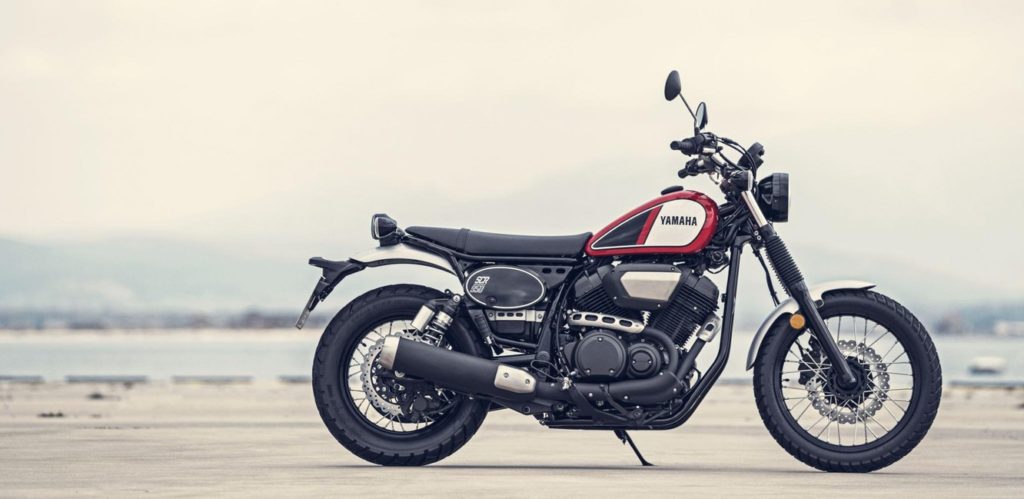
Yamaha SCR950
votes 4
A real retro from the 1970s, with high suspension, spoked wheels. The engine is two-cylinder, four-valve, with a volume of almost 1 liter. Fuel consumption is low, when driving at speeds up to 100 km / h and even surfaces. You can ride it on gravel, but not to say that it is comfortable.
Of the minuses - weak brakes (this is with a decent weight), so when accelerating, it should be borne in mind that it will take more time to stop.And a small ground clearance of 5.5 inches. In general, this is, of course, not an SUV, but a foppish city bike.
- appearance - the owner will not remain unnoticed on the road for sure;
- ABS;
- comfortable fit;
- good handling;
- comfortable ride - small bumps are not felt at all.
- weak brakes.
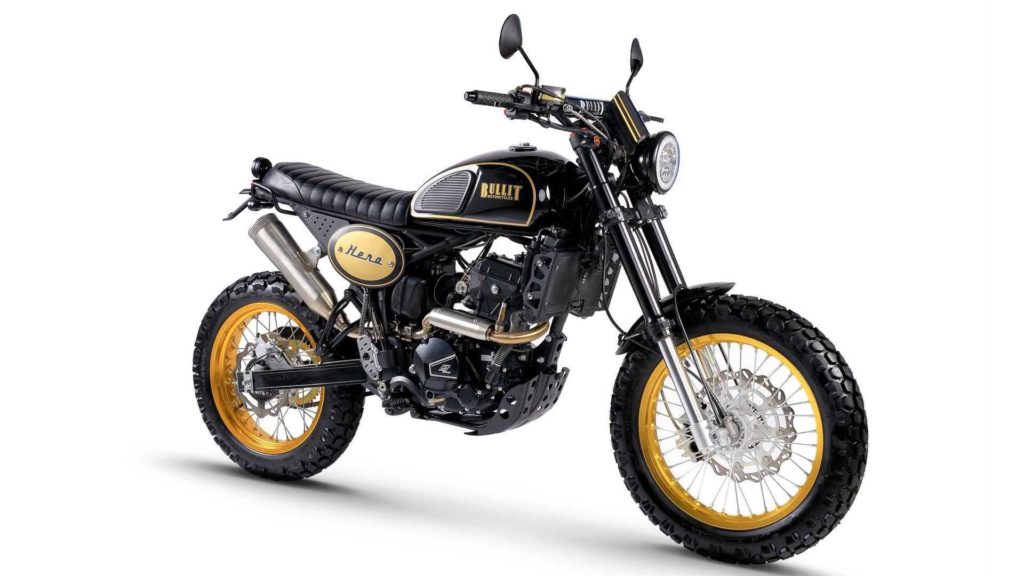
Bullit Hero 250
votes 2
The Belgian company presented a new motorcycle last year. This is a model in classic British design, with a 250 cc, single-cylinder, four-valve, water-cooled engine, monoshock.
Front and rear wheels of different diameters. The former are eighteen inches, the latter an inch smaller. Rubber - universal, with a deep tread, there should not be any problems with driving on a primer.
The price is humane, due to the use of Chinese components. The latter, according to the manufacturer, undergo a rigorous selection (otherwise, why give a two-year warranty on the models of this series).
- optimal price-quality ratio;
- real classic design - here and spoked wheels, and a narrow seat and high suspension, and even a stylized font on the logo;
- stylized font on the logo;
- two year warranty.
- the use of Chinese components still spoils the view, users were especially unflattering about filterboxes.
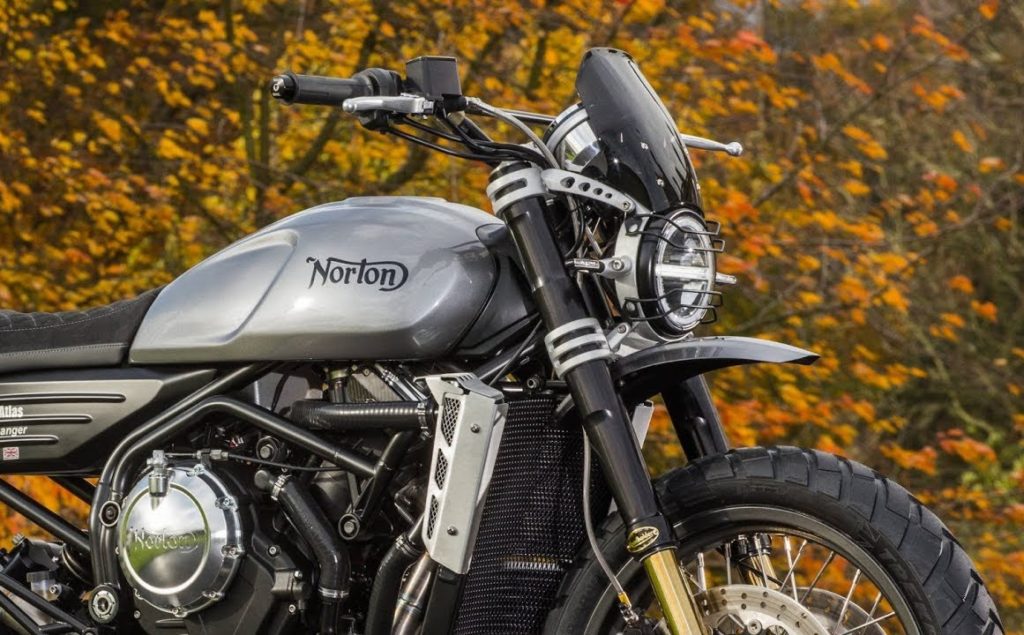
Norton Atlas Ranger
votes 0
A model that can really handle both dirt and off-road. It has all the hallmarks of a true scrambler, from the long-travel suspension, 19-inch front and 17-inch rear wheels, to the sport tires and crash protection.
The premium model costs accordingly.In justification, it is worth noting the transmission, designed by Norton itself, Roadholder forks, 650 cc engine with 84 hp.
- design;
- power;
- seat design;
- ergonomic fit;
- controllability;
- ability to overcome obstacles.
- no.
Scramblers in a new design
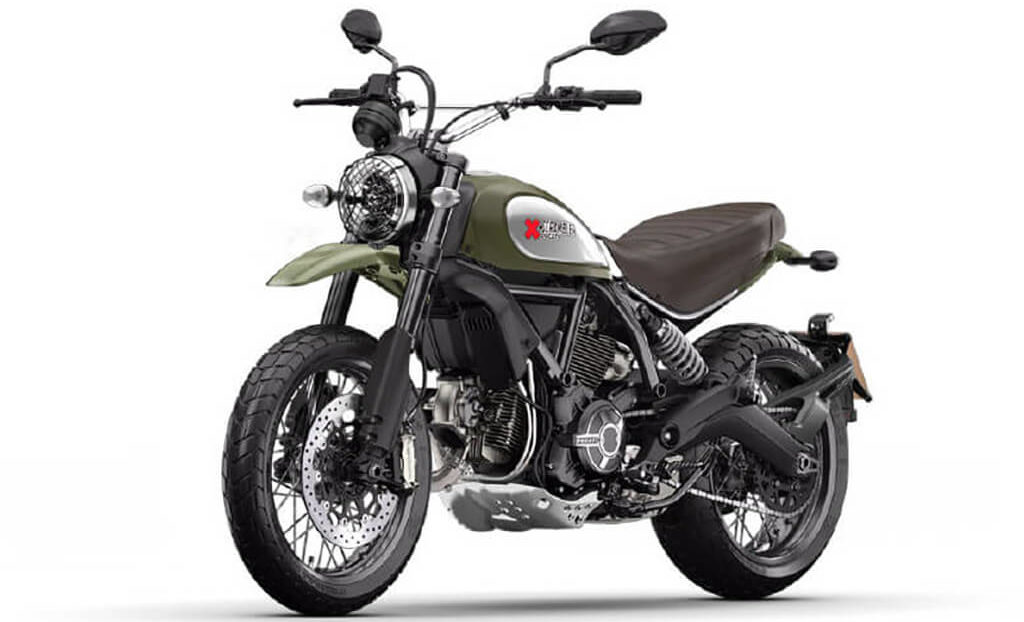
Ducati Scrambler Urban Motard
votes 1
A new model based on the Scrambler Icon, styled after the Scrambler classic with identical features. You should not expect special power from him.
But the design deserves attention. 17-inch wheels with Pirelli Diablo Rosso III tyres, high front fender, start number side panels and graffiti accentuated waterline. The price is not humane, according to forecasts, the bike will be sold in Europe for 11,000 euros.
- classic design;
- comfortable fit;
- predictable behavior on any type of coverage;
- maneuverability.
- overpriced.
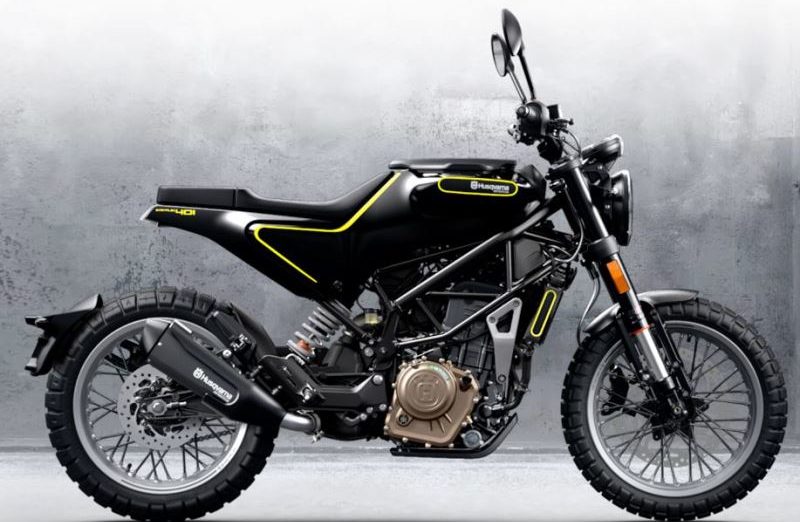
Husqvarna Svartpilen 401
votes 1
According to the manufacturer, the classic model was taken as the basis. In fact, from the standard Scrambler, there is only a high suspension, 17-inch wheels, and the absence of plastic fairings.
Other than that, it's a modern bike with a cross-country handlebar that provides a direct landing, a single-cylinder engine and a six-speed Up / down Easy Shift gearbox (for shifting gears without depressing the clutch). Plus LED optics, Brembo hydraulic brakes and a digital instrument cluster.
- good handling;
- reliable braking system;
- lightweight heavy-duty frame;
- adequate price.
- it’s hardly suitable for real off-road racing - it’s more like a bike for maneuvering along city streets.
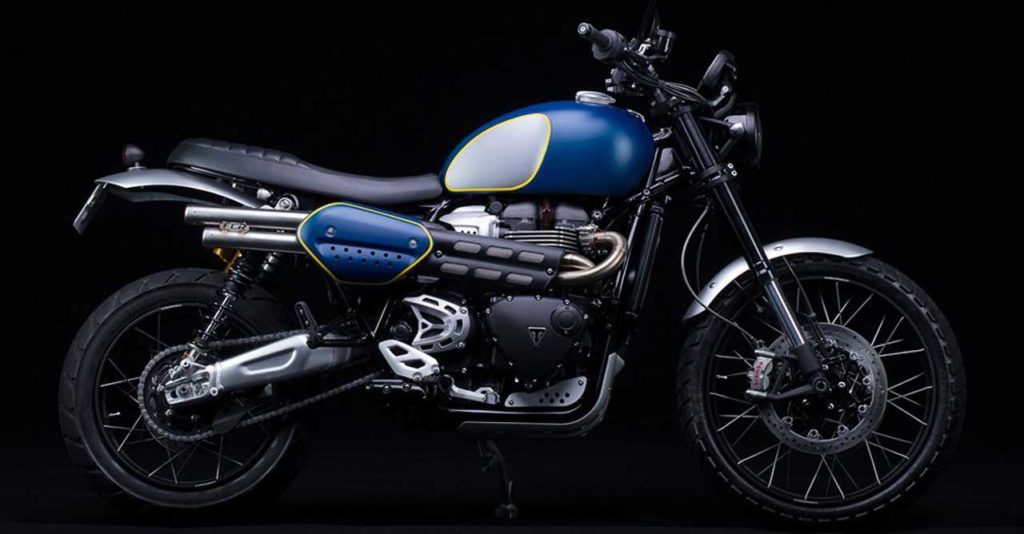
Scrambler 1200 by TRIUMPH
votes 2
A station wagon that is equally comfortable to drive on the autobahn, in dense city traffic or off-road. 1200cc twin-cylinder engine, huge 21" wheels and instant throttle response.
High ground clearance, crankcase protection and a flat, fairly wide seat cushion (you can safely sit a passenger), turning into a large gas tank. The Brembo braking system ensures safety and driving comfort.
Of the features - aluminum body parts, gold fork "feathers" and a chrome steering wheel. All together it looks, if not authentic, then unusually accurate.
- universality;
- maneuverability;
- comfortable fit;
- spectacular design.
- no.
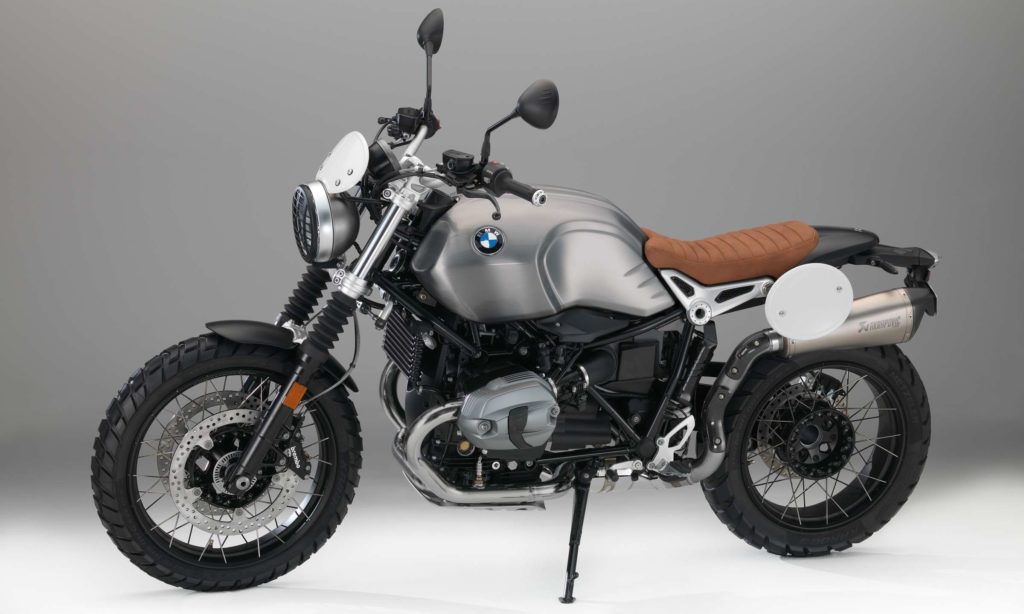
R nineT Scrambler by BMW
votes 2
A 260-kilogram bike, with impressive dimensions, more reminiscent of bikes from science fiction films. Extended travel suspension, upgraded air-oil-cooled flat-twin engine, multiple driving modes and adaptive lighting for safer driving.
The bike develops a speed of over 200 km / h, with a fuel consumption of 5.1 liters per 100 km (data from the brand's website).
The wheels are not spoked as standard, this option is available on request. As well as the built-in handle heating system, cruise control, speedometer with on-board computer.
- build quality;
- removable passenger seat subframe;
- several colors to choose from;
- five year warranty;
- good base kit.
- price.
Chinese scramblers
Let's make a reservation right away - cheap models costing up to 100,000 have nothing to do with bikes, especially universal ones.These are the same slightly improved mopeds, made of low-quality metal and plastic, more reminiscent of awkward children's toys.
You can ride them, but only on a flat road. When you try to ride on a gravel road with a breeze, the bike will lose a good part of the parts. With a second experiment - it will simply fall apart.
Such models reach speeds of up to 100 km / h and are suitable for leisurely city walks. More or less adapted to extreme conditions, motorcycles cost at least 150,000 - 300,000 rubles.
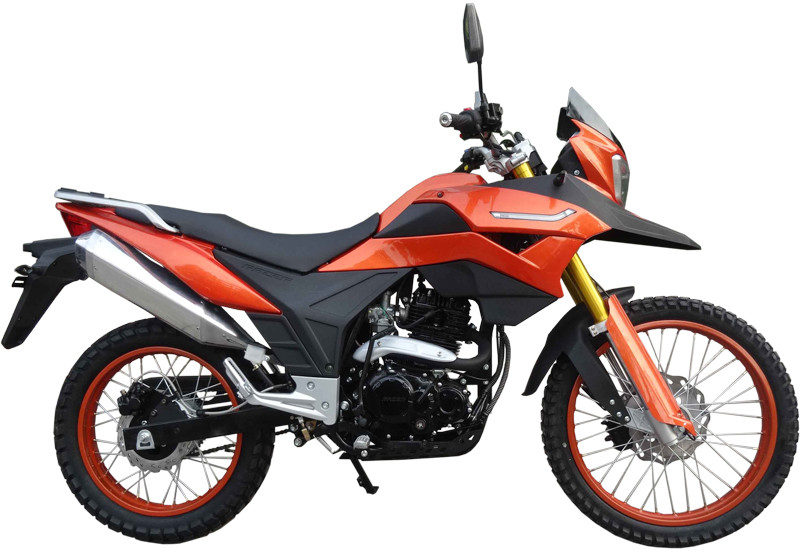
Racer Ranger RC250-GY8A
votes 0
With a five-speed gearbox, water-cooled Yinxiang engine and a 12-liter gas tank, which is enough for 500 km of driving without refueling. There are spoked 18-inch wheels, hydraulic monoshock.
It will not cope with serious off-road, but it will pass easily along the dirt road (forest, field paths). Manageability is not bad, survivability for a price of 173,000 rubles is also on top.
- price-quality ratio;
- ignition lock with protection;
- telescopic suspension with adjustable stiffness;
- weight 148 kg.
- design;
- fastening the driven star to the studs.
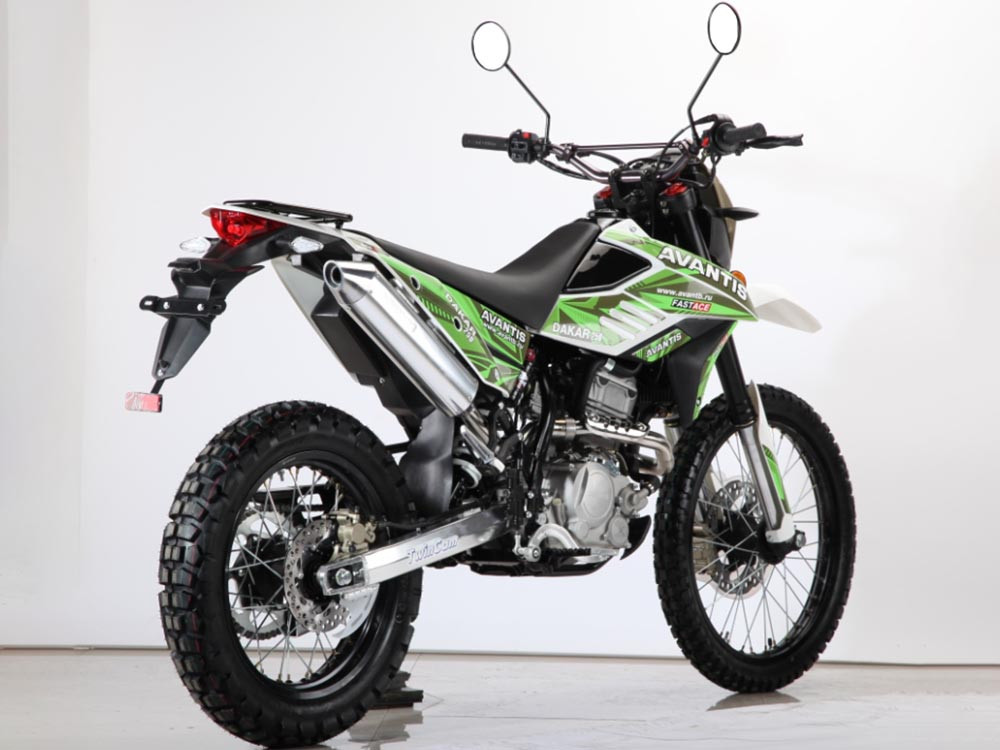
AVANTIS (GEON) DAKAR 250 TWINCAM
votes 0
The model is more interesting both in terms of design and execution. Single-cylinder engine with a volume of 250 cm3, different wheel diameters - 21 inches at the front, 18 at the rear. Reinforced hubs and aluminum wheel rims. Plus, hydraulic brakes, a swingarm rear suspension and cast painted crossheads.
The driven star is already fixed on 6 bolts, and not on studs. In general, the option is more reliable, and the price difference with the previous model is only 20,000 rubles.
- price;
- design - again compared to the previous model;
- good build quality.
- no - for beginners, that's it.
The top is based on user reviews, comparison of technical characteristics, value for money. The rating includes both new models that have not yet entered the Russian market, and old ones that have become almost classics.
new entries
Categories
Useful
Popular Articles
-

Top ranking of the best and cheapest scooters up to 50cc in 2022
Views: 131649 -

Rating of the best soundproofing materials for an apartment in 2022
Views: 127687 -

Rating of cheap analogues of expensive medicines for flu and colds for 2022
Views: 124516 -

The best men's sneakers in 2022
Views: 124030 -

The Best Complex Vitamins in 2022
Views: 121937 -

Top ranking of the best smartwatches 2022 - price-quality ratio
Views: 114978 -

The best paint for gray hair - top rating 2022
Views: 113393 -

Ranking of the best wood paints for interior work in 2022
Views: 110317 -

Rating of the best spinning reels in 2022
Views: 105326 -

Ranking of the best sex dolls for men for 2022
Views: 104362 -

Ranking of the best action cameras from China in 2022
Views: 102214 -

The most effective calcium preparations for adults and children in 2022
Views: 102010


